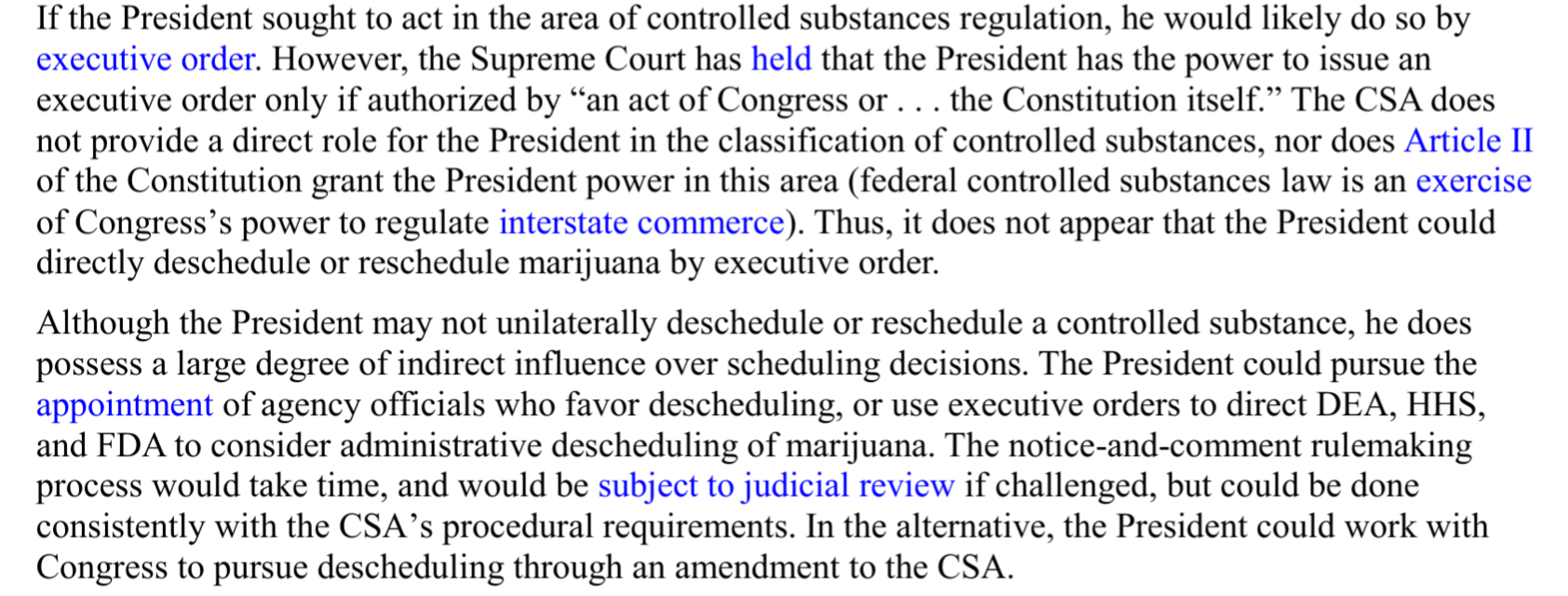

The assets were auctioned off to pay his debt to the families of the Sandy Hook shooting.
So effectively they gave money to the families of children killed in a school shooting that he slandered in cruel and vile ways.
Given that the families pretty reasonably dislike him, the added bonus of his creation being used to openly mock him and promote a message they endorse is quality icing on the cake.





Ha! I didn’t see that at first. I love “fuck you so hard that we can and will put a significant dollar value on it being more humiliating”.